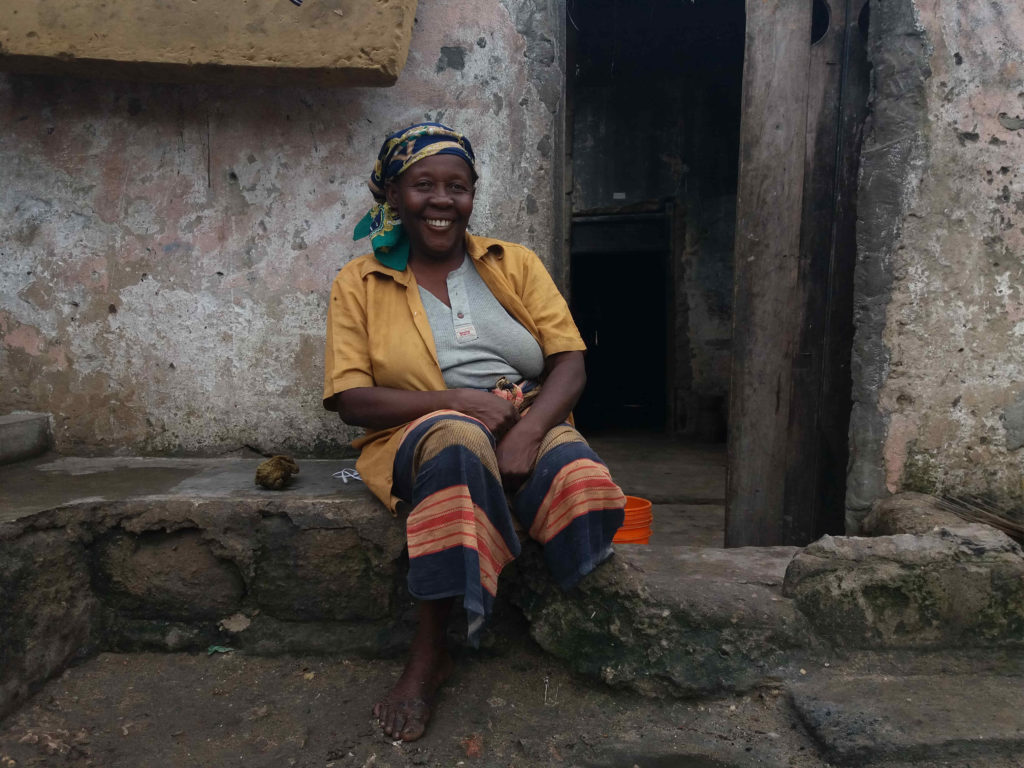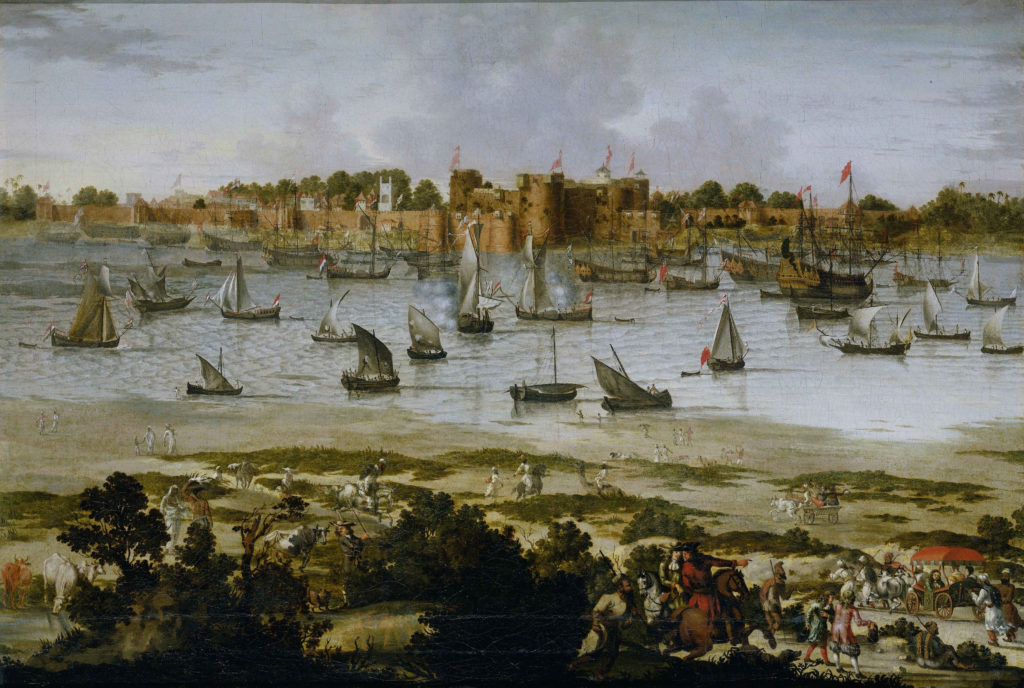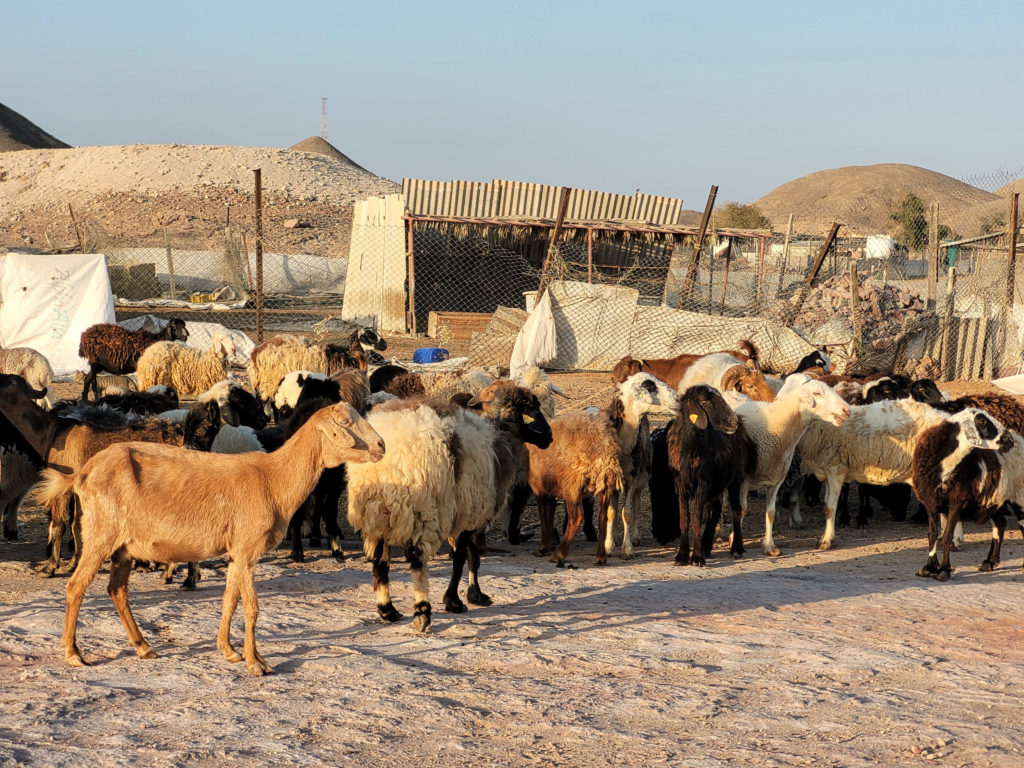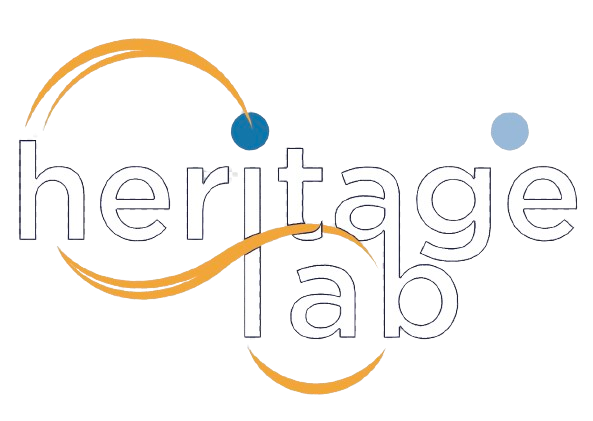This cluster recognizes the role of imagination of cultures in producing heritage. It examines the impact of human creativity in shaping societies – from the design of cities, to art and literature, and the objects and narratives that underpin our understanding of heritage through time. Research is focused on the uses of heritage as a political, economic, artistic, and social agent. This cluster aims to identify the connecting and dividing functions of heritage in contemporary and historic societies.
The cluster is led by HeritageLab.Center Director Robert Parthesius, a leading expert in the heritage field with over 30 years of experience leads programs from a Heritage and Society perspective.

HeritageLabs
World Heritage Futures
Globally, heritage programs are placing increasing emphasis on community participation. However, international governance systems, such as UNESCO’s 1972 World Heritage Convention, are centered on decision-making by State Parties, national heritage management institutions and experts. UNESCO, for example, is mandated to work with state institutions and strengthen institutional development on a national level. This system limits civil society participation and its fundamental role in cultural and natural heritage conservation.
The World Heritage Futures HeritageLab revisits the meaning of civil society; its participation in heritage governance; interactions between civil society groups and governing institutions; and its role in strengthening democratic governance of heritage. It strives to understand the processes of heritage creation and management to create mechanisms for more participatory, consultative, and transparent engagement. The main question that this thematic research line addresses is: How can heritage decision-making systems and management be democratized to reflect fundamental and inclusive change?

Programs:
- Sultanahmet Archeology Park
- Ilha de Moçambique
- Zanzibar
- Galle – Sri Lanka
- Robben Island – South Africa
Global Oceans and Maritime Connections
Ocean spaces have been ignored in world history in favor of terrestrial counterparts. This research topic examines how this is now changing on the back of the rapid social and economic change. Significant investments are now being made into maritime pasts as a form of ‘shared heritage’. Shipwrecks, port cities, museums, and historic sites are now being conserved and replicated to tell strategic, prescient, and relevant stories of ocean pasts to new audiences. The Global Oceans theme examines the ways in which maritime heritage now circulates in popular culture across different countries, how it is being conserved, and what forces are driving World Heritage initiatives like the Maritime Silk Road as an invented heritage connecting East Africa to East Asia across the Indian Ocean.
This HeritageLab builds on the extensive track record of network researchers in investigating maritime archaeology, alternative approaches to maritime and underwater cultural heritage management, and alternative maritime narratives in Africa, Asia, Australia and Europe. Projects as diverse as the archaeological excavation of wrecks including the Dutch ship Avondster, wrecked at Gall, Sri Lanka in 1659, the British ship Grosvenor, wrecked off of South Africa in 1782; the collection of alternative maritime narratives in South Africa, Mozambique and Tanzania; and the analysis of management needs for sacred maritime sites in South Africa, have established a basis from which to explore the historic and Arabian maritime trade routes. High profile projects such as the Ma: Bronze Age Boat Project, an experimental reconstruction of Bronze Age boats and ships contribute to this HeritageLab.

Programs:
UAE Heritage Landscape
This HeritageLab investigates heritage, cultural landscapes and material culture. Projects within this area converge with the overarching themes of the heritage landscape of the UAE and its global connection through trade and cultural exchange. This HeritageLab focuses on the tangible aspects of heritage through material culture. Interdisciplinary research techniques are used for the analysis and interpretation of these convergent areas. The outputs from this cluster will primarily be archaeological, architectonic, build environment and ethnographic surveys; databases; monographs and comparative research data tools.

Programs:
